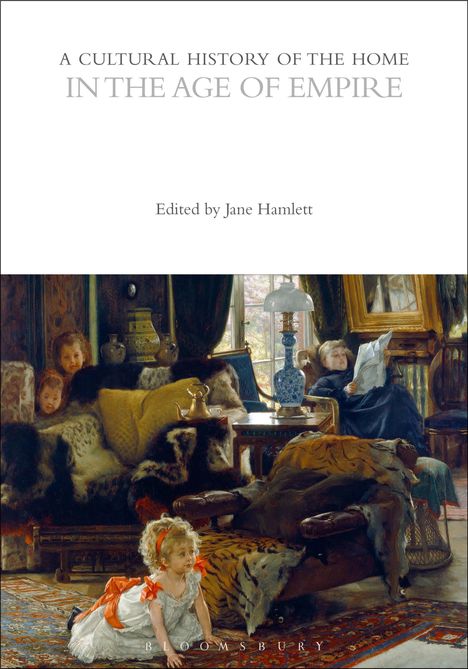A Cultural History of the Home in the Age of Empire, Kartoniert / Broschiert
A Cultural History of the Home in the Age of Empire
(soweit verfügbar beim Lieferanten)
- Herausgeber:
- Jane Hamlett
- Verlag:
- Bloomsbury Publishing PLC, 05/2024
- Einband:
- Kartoniert / Broschiert
- Sprache:
- Englisch
- ISBN-13:
- 9781350412262
- Artikelnummer:
- 11455115
- Umfang:
- 272 Seiten
- Gewicht:
- 454 g
- Maße:
- 244 x 169 mm
- Stärke:
- 25 mm
- Erscheinungstermin:
- 16.5.2024
- Hinweis
-
Achtung: Artikel ist nicht in deutscher Sprache!
Klappentext
During the 19th century the home, as both a cultural construct and a set of lived practices, became more powerful in the Western world than ever before. The West saw an unprecedented period of imperial expansion, industrialisation and commercialization that transformed both where and how people made their homes. Scientific advances and increasing mass production also changed homes materially, bringing in domestic technologies and new goods.
This volume explores how homes and homemaking were imagined and practiced across the globe in the 19th century. For instance, not only did the acquisition of empires lead to the establishment of Western European homes in new terrains, but it also buttressed the way in which Europeans saw themselves, as the guardians of superior cultures, patriarchal relationships and living practices.
During this period a powerful shared cultural idea of home emerged - championed by a growing urban middle class - that constructed home as a refuge from a chaotic and noisy industrialised world. Gender was an essential part of this idea. Both masculine and feminine virtues were expected to underpin the ideal home: a greater emphasis was placed on an ideal of the male breadwinner and the need for women to maintain the domestic material fabric and emotional environment was stressed. While these ideas were shared and propagated in print culture across Western Europe and North America there were huge differences in how they were realised and practiced. Home was experienced differently according to class and race; different forms of identity and levels of socio-economic resource fashioned a variety of home-making practices. While demonstrating the cultural importance of home, this book reveals the various ways in which home was lived in the 19th century.

